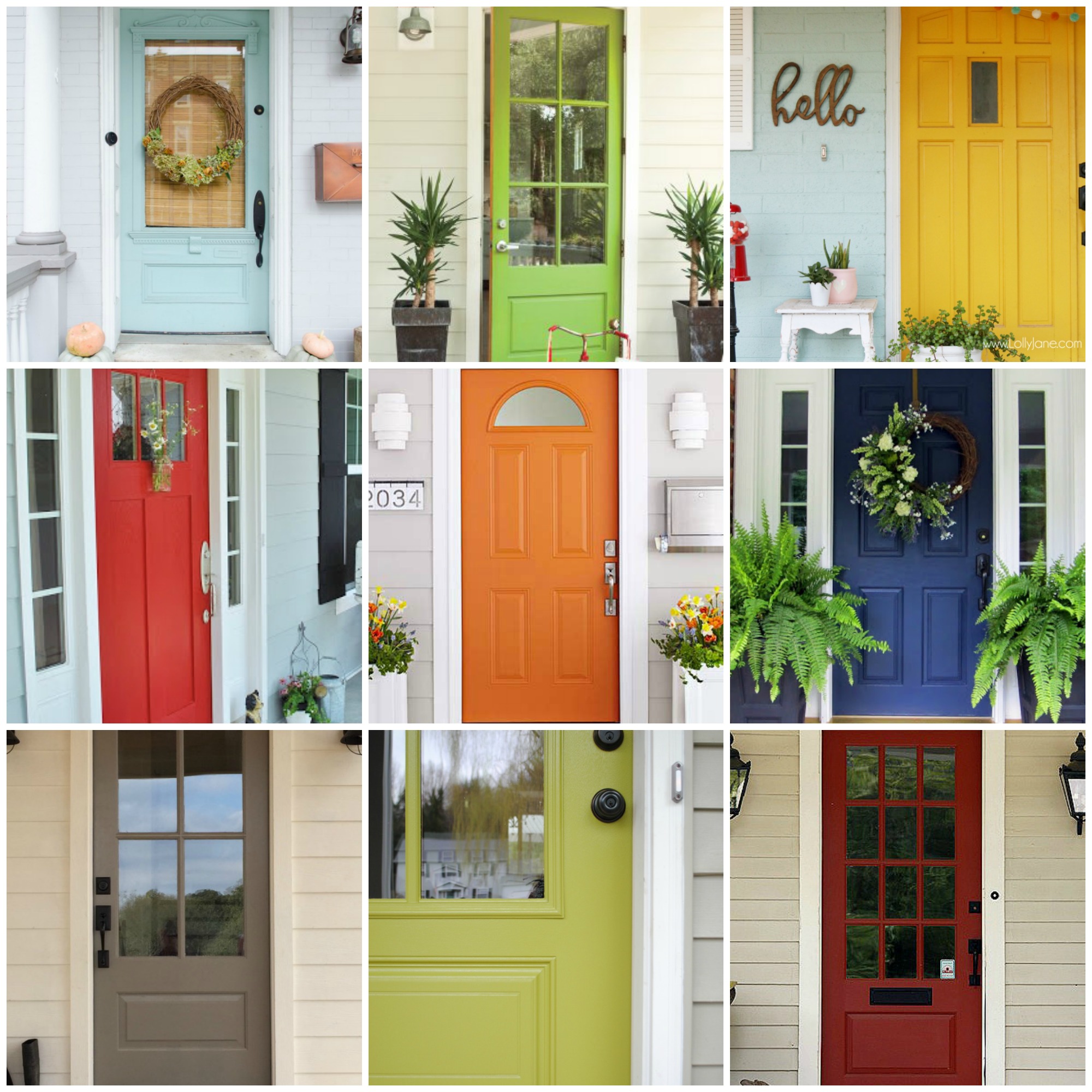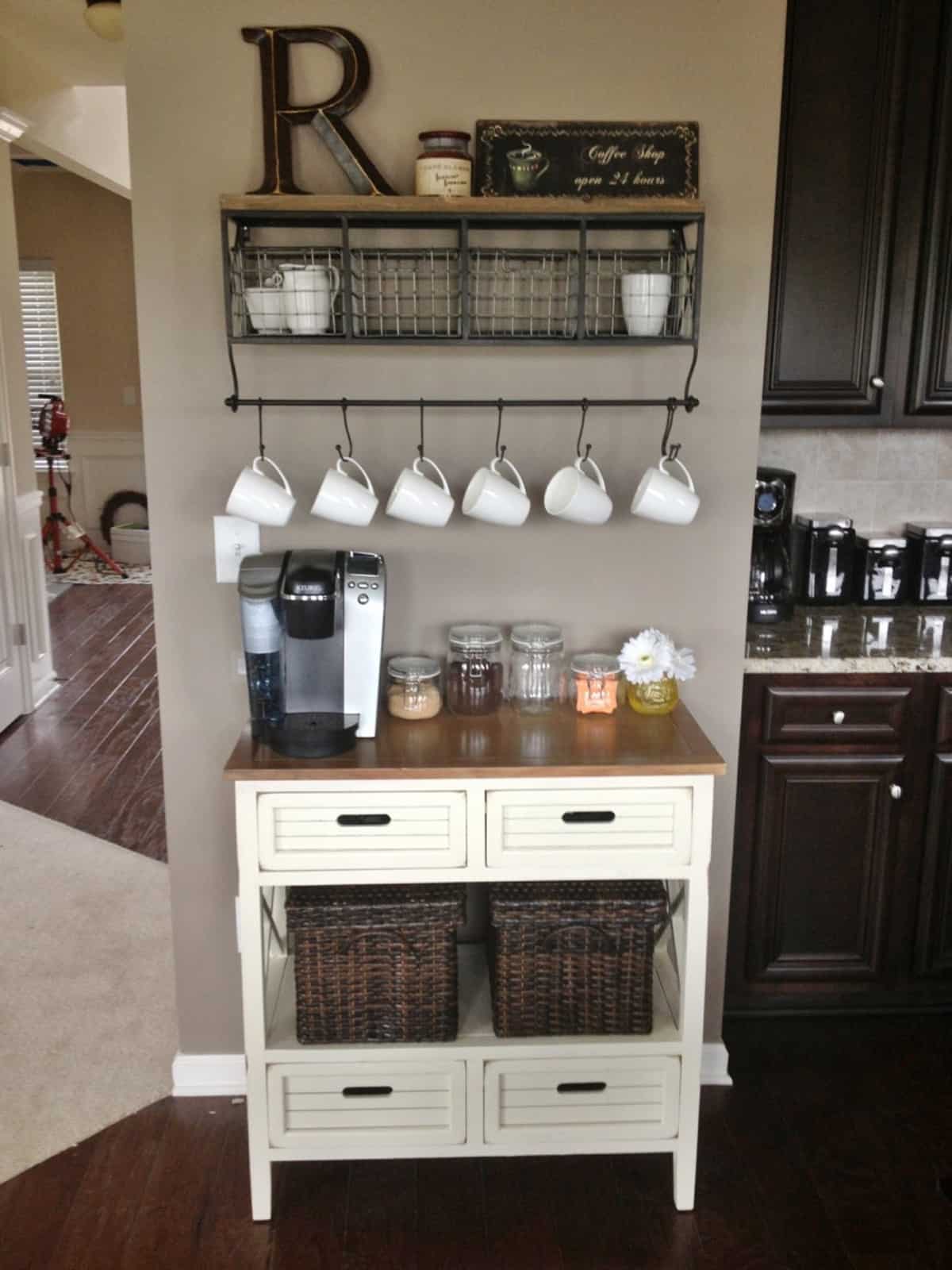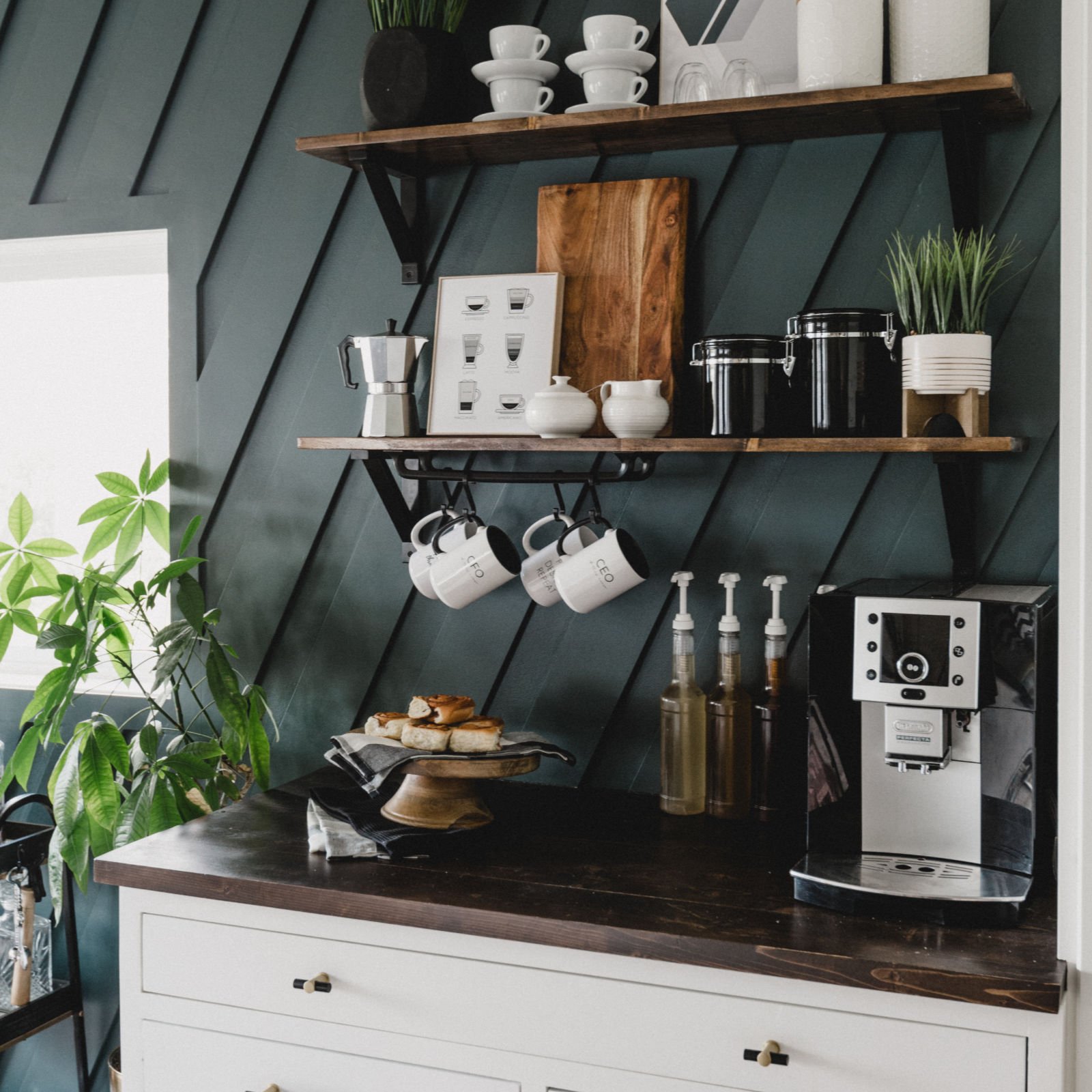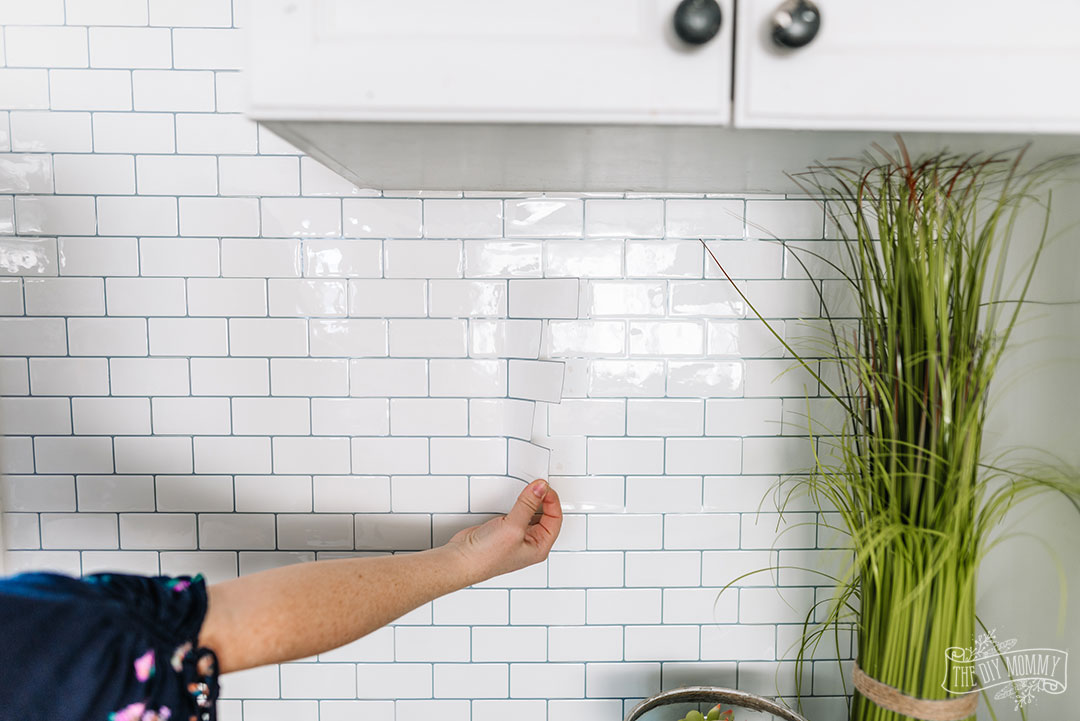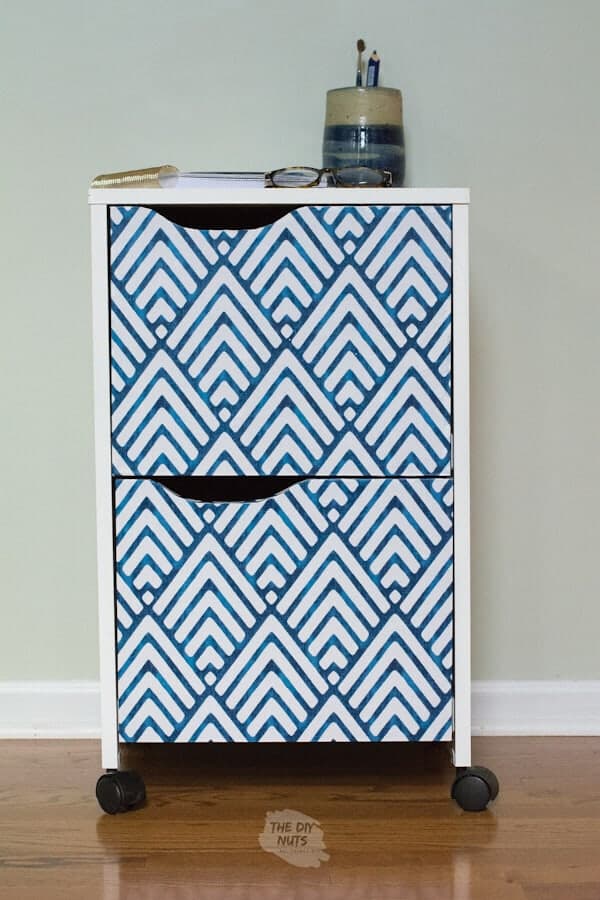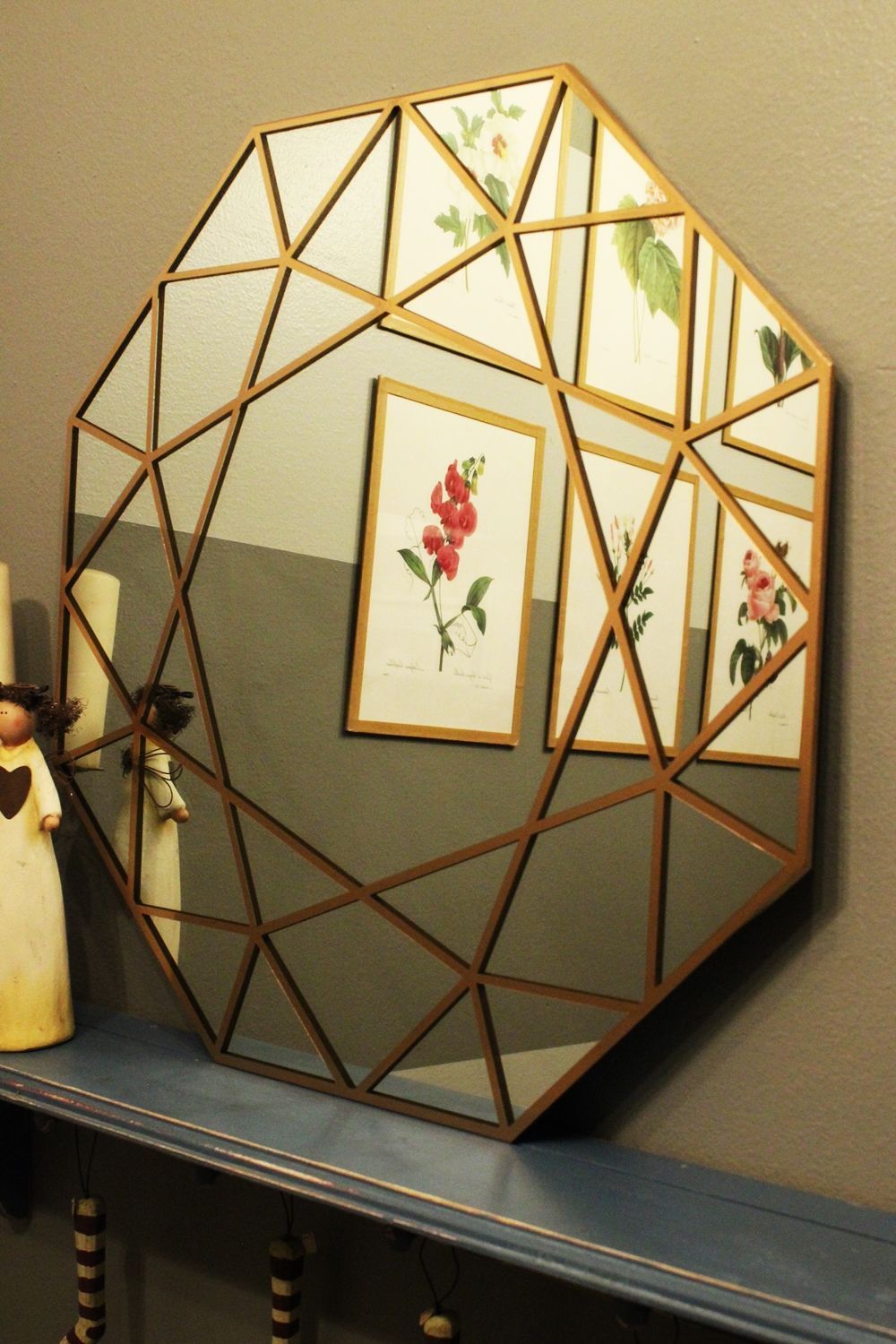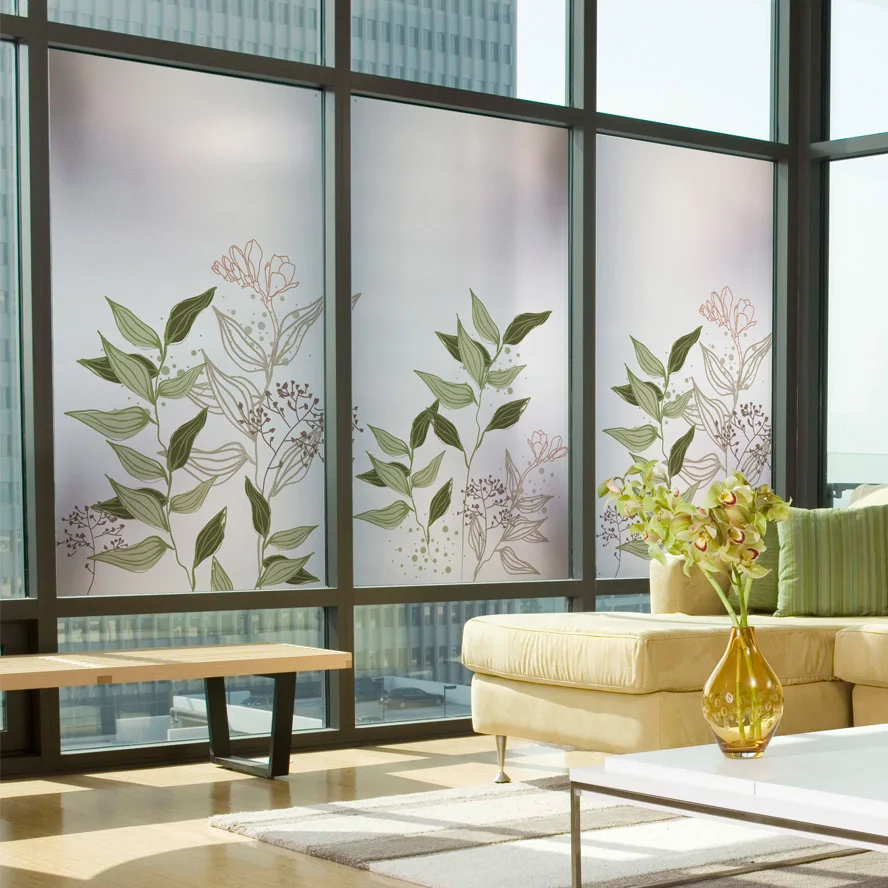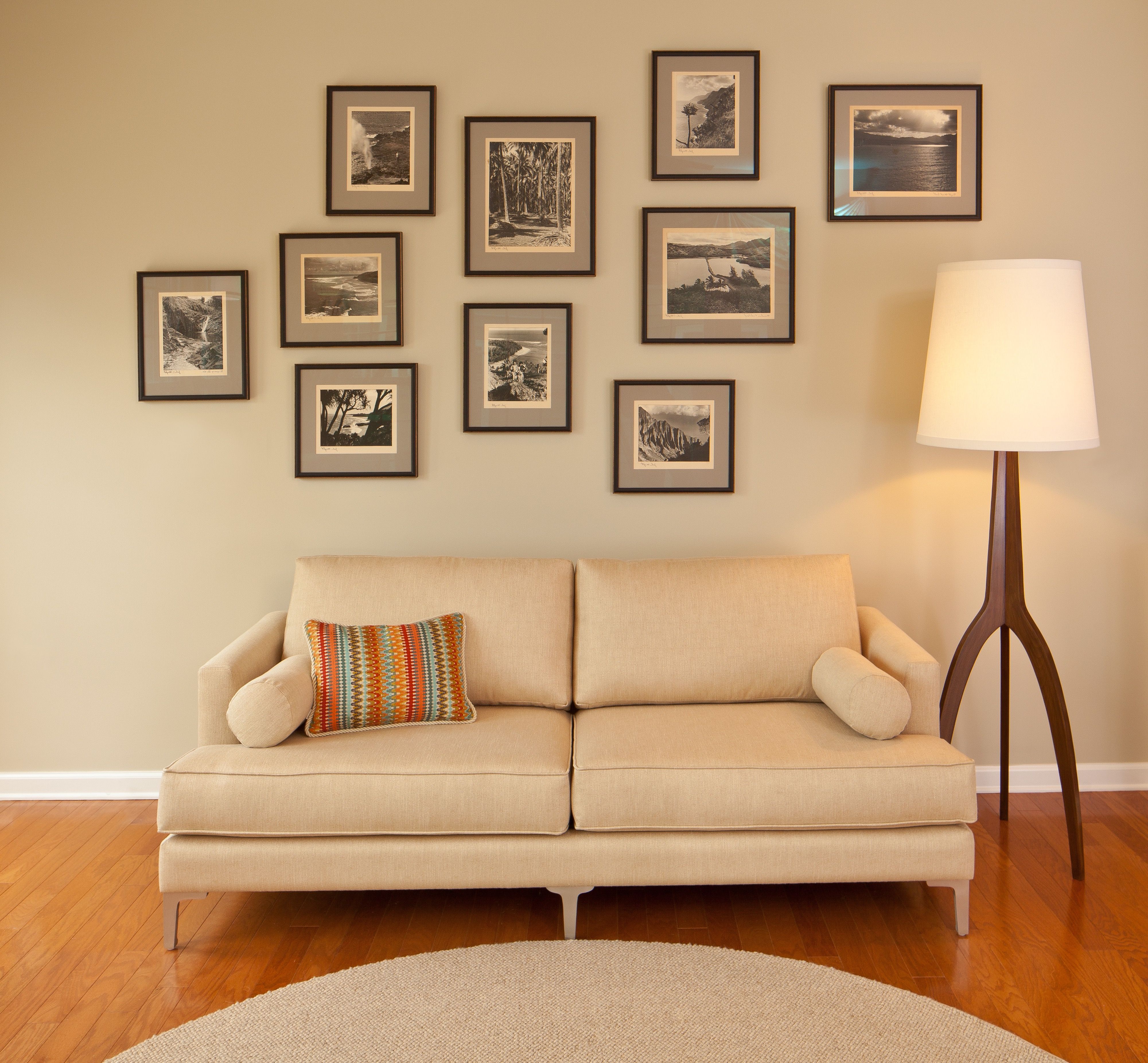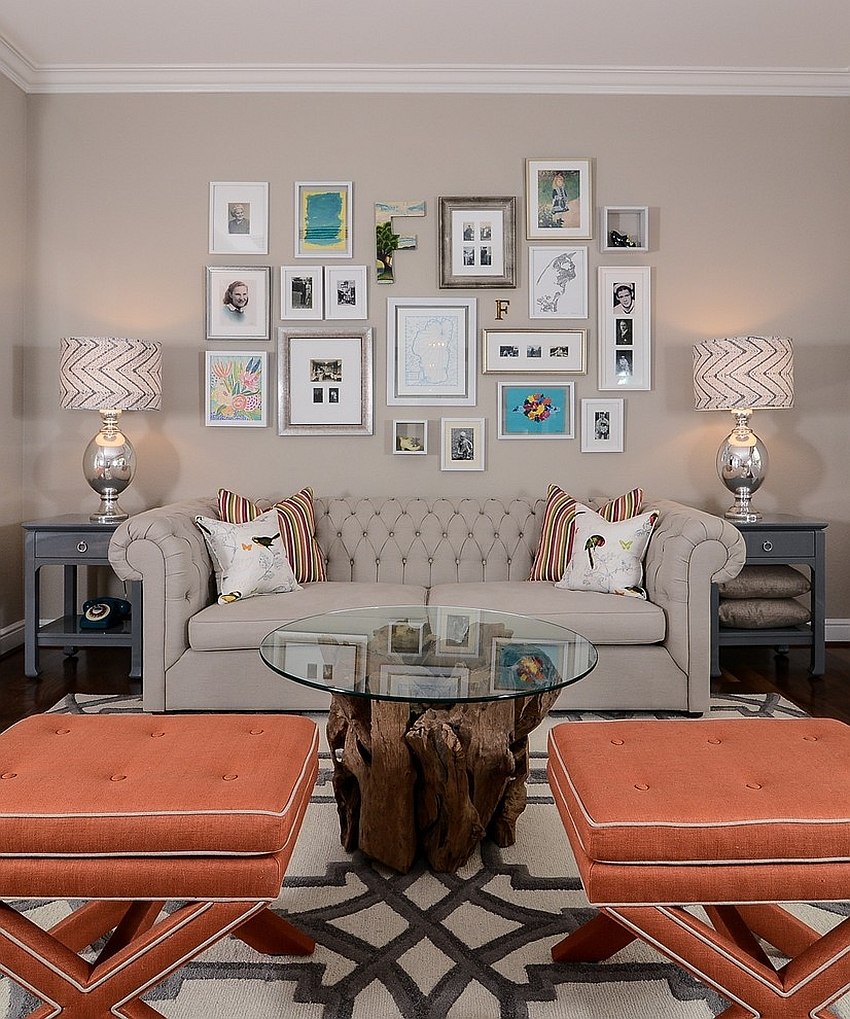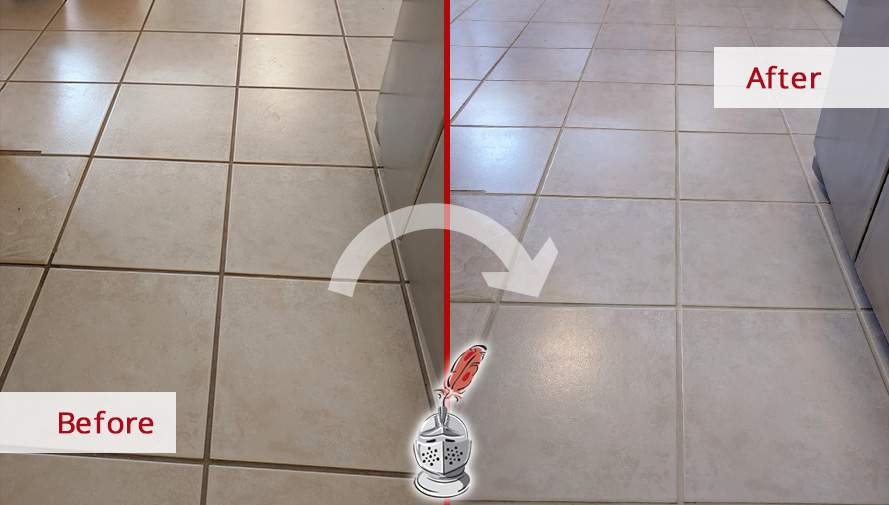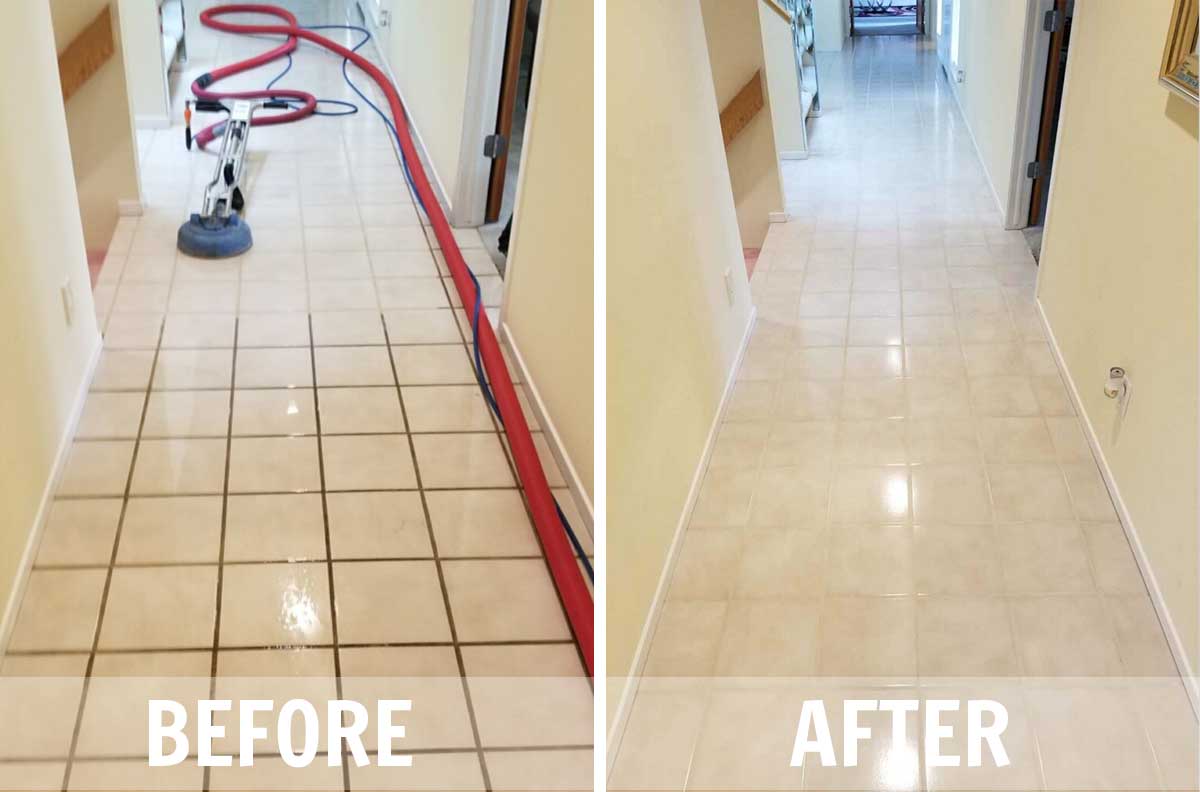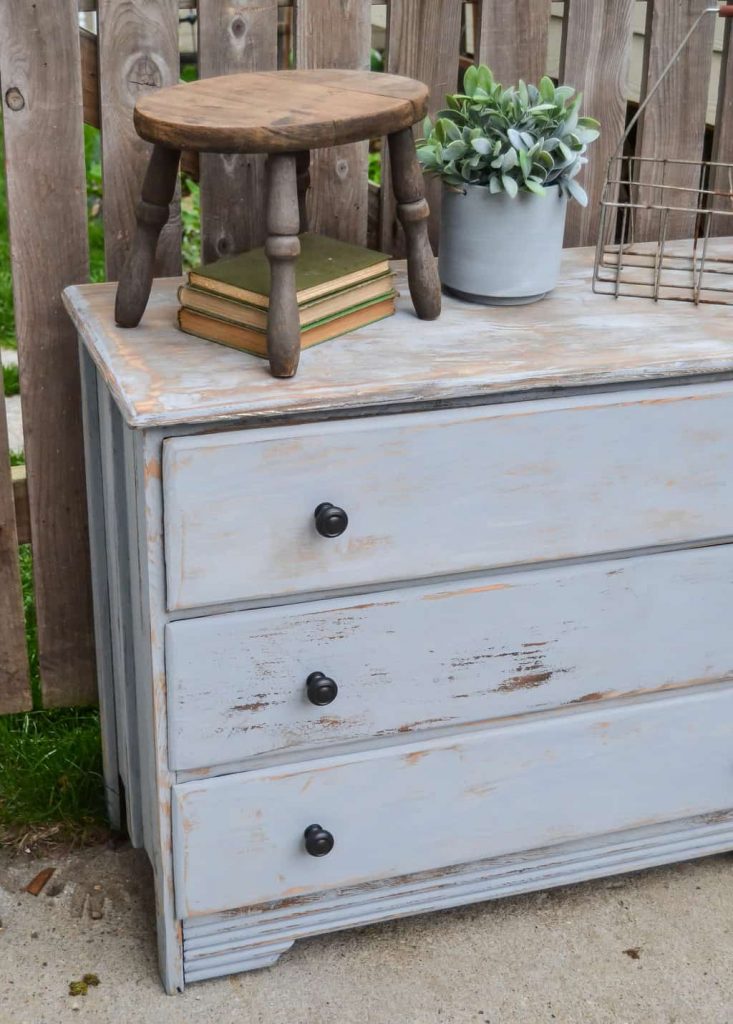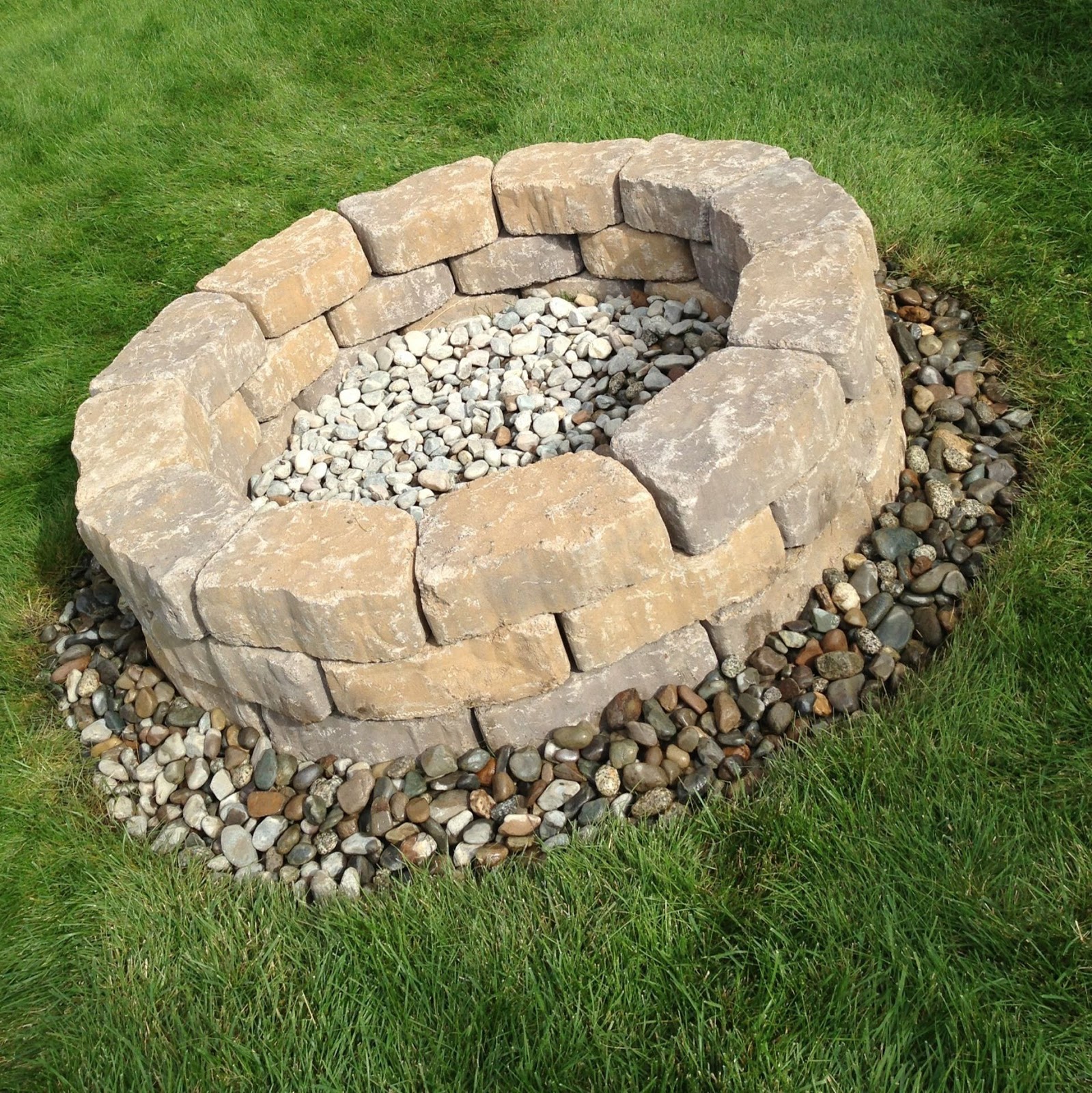Discover Pandipedia
Pandipedia is the world's first encyclopaedia of machine generated content approved by humans. You can contribute by simply searching and clicking/tapping on "Add To Pandipedia" in the answer you like. Learn More
Expand the world's knowledge as you search and help others. Go you!
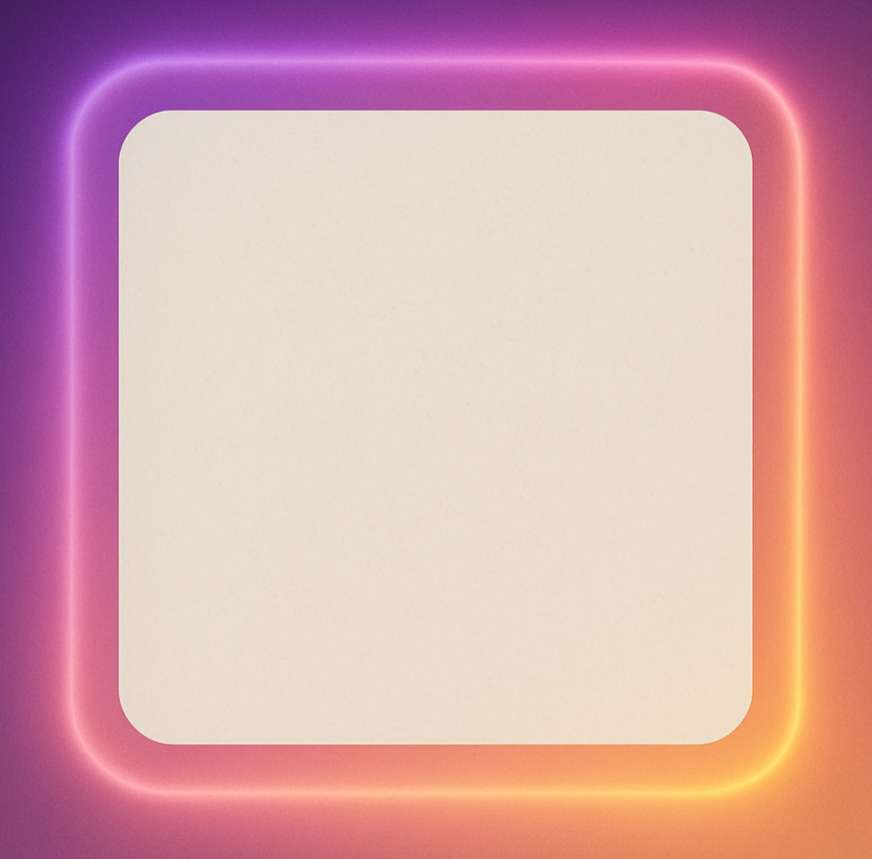
pricing should be determined by competition. Competition should set where that is, not Google's own internal perception
MR. DAHLQUIST[1]
As quality improvements are being made.
MR. SCHMIDTLEIN[1]
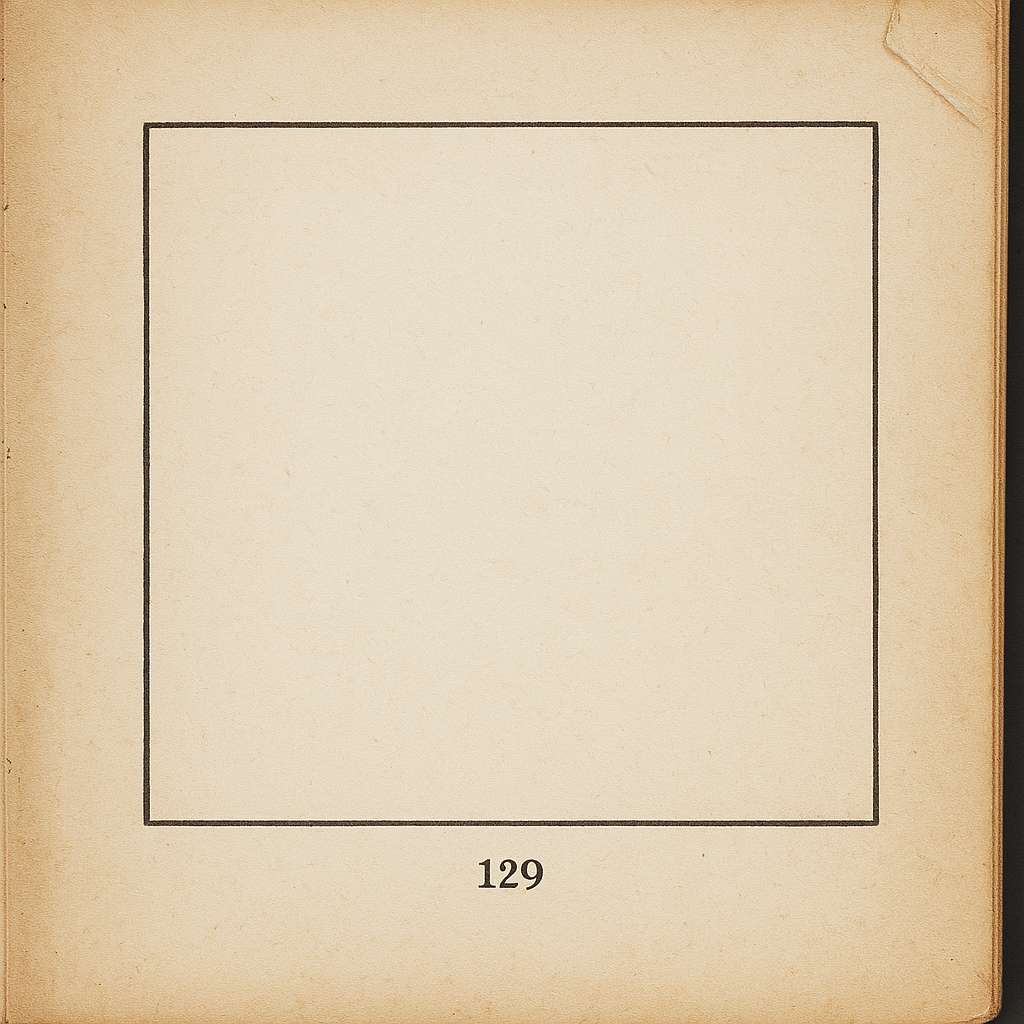
If Google is a monopolist, why are they trying to improve anything? Just jack the price up.
MR. SCHMIDTLEIN[1]
Advertisers use those text ads to seek users who may be interested in a product or service.
Richard Holden[3]
The way competition comes in is through elasticity through how their advertisers react.
MR. DINTZER[2]
Let's look at alternatives:
- Modify the query.
- Start a new thread.
- Remove sources (if manually added).
- Request a manual search from our human research team.
Let's look at alternatives:
- Modify the query.
- Start a new thread.
- Remove sources (if manually added).
- Request a manual search from our human research team.
Get more accurate answers with Super Search, upload files, personalised discovery feed, save searches and contribute to the PandiPedia.
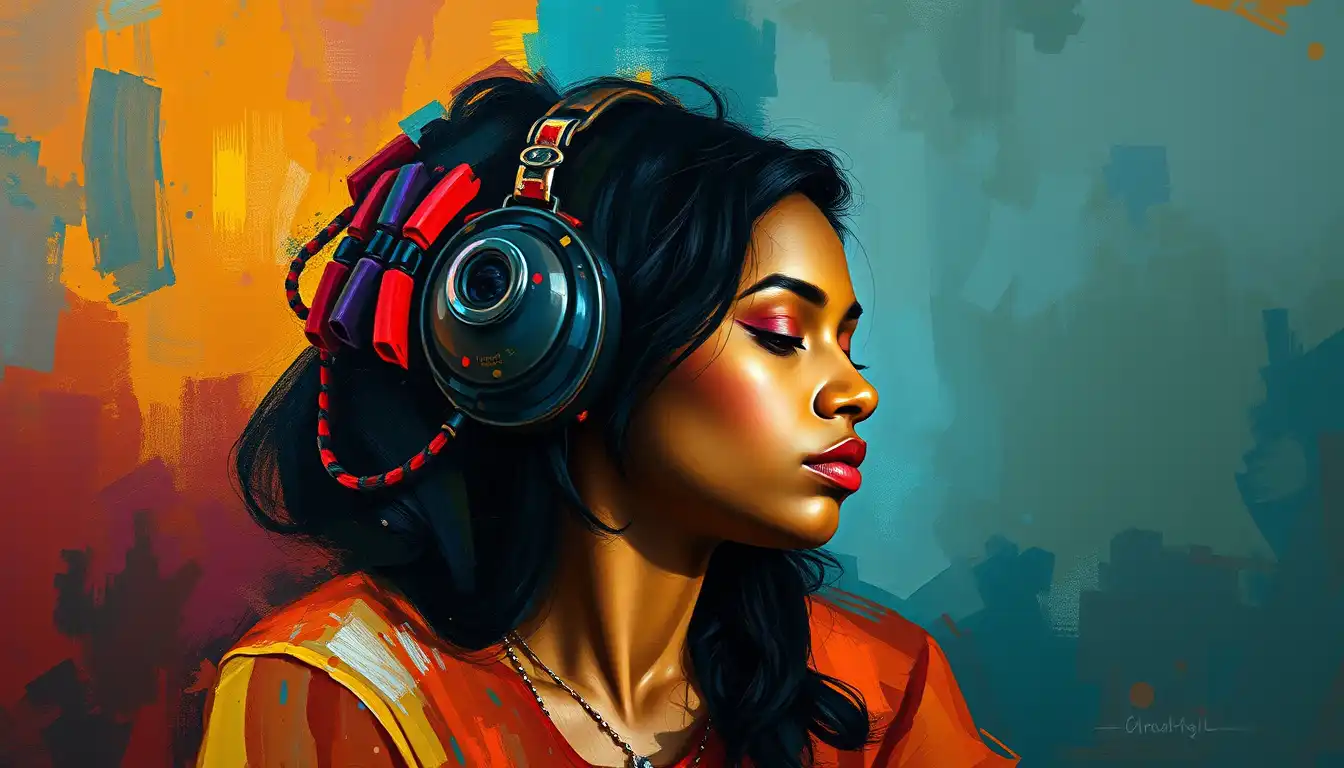
Colors are powerful influencers that significantly affect human emotions, behaviors, and perceptions. The study of color psychology reveals how various hues can evoke specific feelings, impacting satisfaction in numerous areas, including marketing, interior design, and personal well-being. Understanding these effects can enhance experiences and improve mood across different contexts.
Emotional Responses to Colors

Colors can elicit a wide range of emotional responses. For example, red is commonly associated with passion, urgency, and excitement, which can stimulate appetite and prompt quick decisions in consumers. This is why red is often used in clearance sales and fast-food branding to generate an immediate response from potential buyers[1][7]. In contrast, blue is linked to trust, calmness, and reliability, making it a popular choice in corporate and healthcare settings where a sense of security and tranquility is crucial[4][5][12]. This calming effect can lead to greater satisfaction in environments designed for relaxation or professional interactions.
Yellow epitomizes happiness and warmth, often stimulating feelings of cheerfulness and optimism. It draws attention and can enhance communication, making it an effective color choice for brands looking to create a positive and inviting atmosphere[11][12]. However, excessive use of yellow may lead to anxiety, suggesting a delicate balance is required in color application to maintain satisfaction without inducing negative feelings[11].
Green is another color that promotes a sense of balance and wellness. Commonly associated with nature, it fosters feelings of tranquility and freshness, which can be beneficial in settings such as hospitals and wellness centers. The psychological comfort associated with green helps improve mood and can lead to greater overall satisfaction in both personal and clinical settings[8][12].
Colors in Marketing and Consumer Behavior
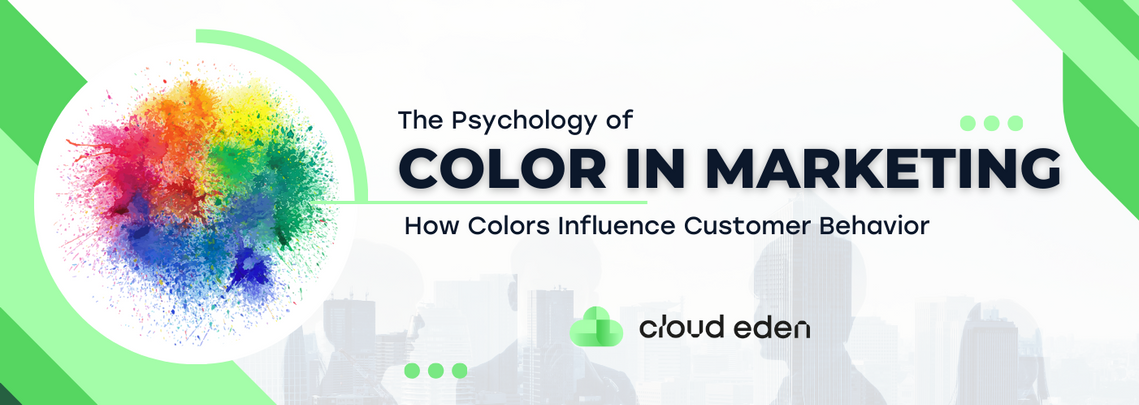
Color plays a crucial role in marketing strategies, where it can significantly influence consumer perceptions and satisfaction. Research indicates that up to 90% of initial product assessments are based on color alone, underscoring its importance in branding[10]. For instance, brands that successfully match their color choices with consumer expectations can enhance brand recognition and loyalty. Companies like Coca-Cola utilize red to elicit excitement and happiness, while brands like Tiffany & Co. have famously employed a distinctive shade of blue to evoke luxury and trust[5][7].
Moreover, colors can also affect the perception of product quality and desirability. Products presented in certain colors may be perceived as healthier or more appealing, with studies suggesting that positioning food items in green packaging can enhance the perception of healthiness and quality[11]. Understanding the connection between colors and customer satisfaction is key for businesses aiming to optimize their marketing efforts.
The Influence of Color in Interior Design
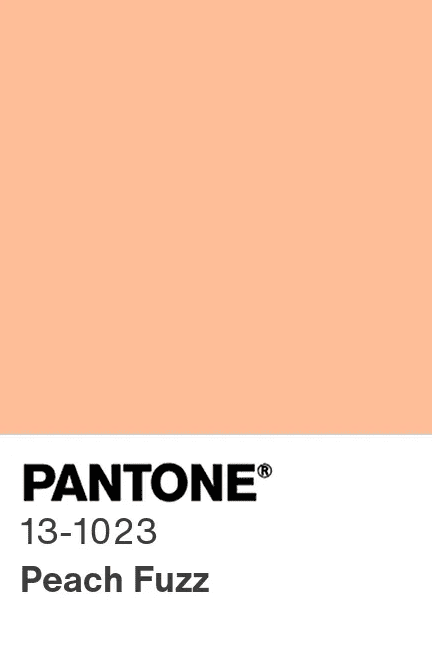
In interior design, the strategic use of color can impact satisfaction in personal spaces. Different colors create distinct atmospheres that can enhance or detract from the desired experience. Research has shown that soft blue bedroom walls can promote better sleep and create a calm resting space, while vibrant yellows or oranges can energize a kitchen area, fostering a cheerful environment beneficial for family interactions[8][9][10]. Such color choices can influence mood and satisfaction significantly within living environments.
Furthermore, color psychology also applies to commercial and public spaces. For example, restaurants often implement warm colors like red and orange to stimulate appetite and conversation, transforming dining experiences into engaging and enjoyable social events[4][11]. Conversely, cooler tones in waiting rooms can help reduce anxiety and create a more serene atmosphere, enhancing patient satisfaction in medical facilities[5][12].
Cultural Differences and Individual Preferences

While some color associations appear to be universal, individual experiences and cultural backgrounds significantly shape how colors are perceived and affect satisfaction. For example, while white is often associated with purity and cleanliness in Western cultures, it can symbolize mourning in several Eastern cultures[2][4]. Such distinctions highlight the importance of cultural competence in applying color psychology effectively, particularly in global marketing or hospitality environments.
Individual preferences also lead to varying effects of color on satisfaction. Personal experiences can create unique emotional associations with certain colors, affecting mood and comfort in different settings. Therefore, understanding personal and cultural nuances in color perception becomes crucial in designing satisfying experiences[9][10].
Conclusion
Colors play a vital role in influencing emotions, behaviors, and overall satisfaction. By comprehensively understanding color psychology, individuals and organizations can create environments, products, and experiences that not only satisfy but also resonate deeply with their audiences. Whether enhancing a marketing campaign or designing a personal space, utilizing color effectively can lead to improved well-being and positive emotional responses. Future iterations of research can delve further into the complexities of color interactions, providing even greater insights into maximizing satisfaction through strategic color use.
Let's look at alternatives:
- Modify the query.
- Start a new thread.
- Remove sources (if manually added).
- Request a manual search from our human research team.
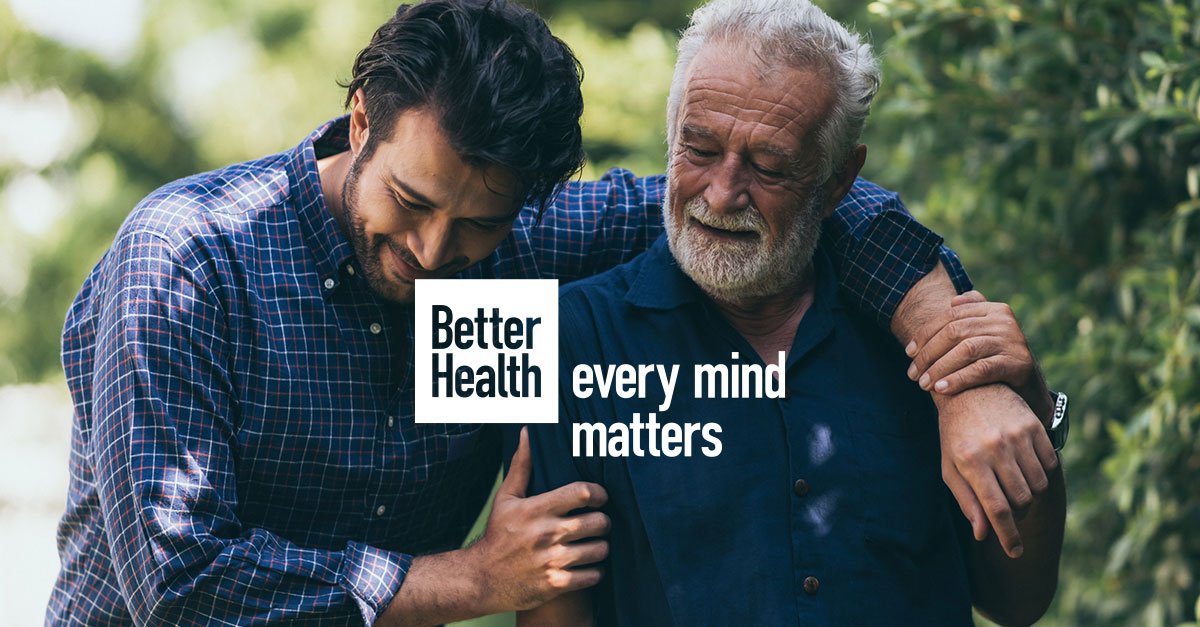
To optimize sleep quality, establish a regular sleep routine, also known as sleep hygiene. This includes setting a consistent bedtime and wind-down period, avoiding electronic devices an hour before sleep, and engaging in relaxing activities like reading or meditation[1].
Create a sleep-friendly environment by keeping your bedroom dark, quiet, and cool—ideally between 65 to 68 degrees Fahrenheit[2]. Additionally, limit stimulants such as caffeine, alcohol, and nicotine close to bedtime, as these can significantly disrupt sleep patterns[1][2]. Regular exercise and a light diet can further enhance your ability to fall and stay asleep[1].
Let's look at alternatives:
- Modify the query.
- Start a new thread.
- Remove sources (if manually added).
- Request a manual search from our human research team.
Paint the exterior of your door
A freshly painted door can enhance your home's appearance and possibly increase its property value[4].
Create your own DIY coffee station
Consolidate your morning essentials and keep your kitchen organized with a personalized coffee station[2].
Install peel-and-stick backsplash
This affordable upgrade can transform your kitchen without the need for a contractor[2].
Reupholster your headboard
A simple update to your bedroom that requires minimal cost and can significantly impact the decor[2].
Build kitchen shelves from old doors
Turn unused hollow core doors into functional and stylish shelves[2].
Make your own hand-painted wallpaper
A budget-friendly alternative to expensive wallpaper that adds a unique touch to your walls[2].
Redo your cabinet doors with contact paper
A quick way to refresh your kitchen without a full remodel, perfect for renters[2].
Install wall planters
Introduce greenery indoors with stylish wall planters that can also improve mindfulness and well-being[1].
Use decorative glazing films
Quickly enhance your windows for privacy while improving kerb appeal[4].
Tackle a tired living room with a living wall
A project that can be accomplished in a single afternoon, adding vibrancy and life to your space[1].
Build a blanket ladder
A simple DIY project for stylishly storing blankets while enhancing your decor[2].
Add crown molding to your cabinetry
An easy and impactful way to elevate the look of your kitchen[2].
Make your own front door wreath
A seasonal project that takes less than an hour and adds charm to your entrance[2].
Clean or repaint your grout
An effective way to freshen up your bathroom and improve its overall appearance[4].
Construct a simple bespoke laptop stand
Personalize your workspace with an easy DIY stand that fits your style[2].
Create your own decorative window film
A simple DIY task to improve the aesthetic of your windows while providing privacy[4].
Use milk paint to transform an old dresser
A way to breathe new life into dated furniture with a fresh coat of paint[2].
Make a lazy Susan pencil holder
An organized desk project that enhances functionality and aesthetics[2].
Build your own fire pit
A fun outdoor project that enhances your backyard and creates a gathering space[2].
Let's look at alternatives:
- Modify the query.
- Start a new thread.
- Remove sources (if manually added).
- Request a manual search from our human research team.

To brew perfect coffee, start with high-quality, fresh coffee beans, ideally whole beans ground just before brewing. The recommended coffee-to-water ratio is between 1:15 to 1:18, depending on personal taste preferences. For optimal flavor extraction, heat water to a temperature between 195°F and 205°F and avoid reboiling water to maintain freshness[2][4][6].
Choose your brewing method, such as a French press, pour-over, or drip coffee maker, each requiring specific grind sizes and brewing techniques. Pay attention to steeping times: about 4 minutes for a French press and 3-4 minutes for pour-over[1][3][5]. Consistency in these steps will yield delicious results every time you brew coffee at home.
Let's look at alternatives:
- Modify the query.
- Start a new thread.
- Remove sources (if manually added).
- Request a manual search from our human research team.
Get more accurate answers with Super Search, upload files, personalised discovery feed, save searches and contribute to the PandiPedia.

Introduction to YOLO
You Only Look Once (YOLO) is a groundbreaking approach to object detection that processes images with unprecedented speed and accuracy. Developed by Joseph Redmon and his colleagues, YOLO redefines the framework for real-time object detection by treating detection as a single regression problem. This means instead of using traditional methods that apply classifiers to various parts of an image, YOLO predicts bounding boxes and class probabilities directly from the entire image in one evaluation, optimizing the system for real-time applications.
How YOLO Works

The architecture of YOLO involves a single convolutional neural network trained on full images. This network divides the image into an S x S grid, where each grid cell is responsible for predicting bounding boxes and their corresponding confidence scores. Specifically, it predicts B bounding boxes and the confidence for each box, alongside C class probabilities for the floating objects within those boxes. This allows YOLO to learn generalizable representations of objects, leading to significant improvements in detection speed and accuracy compared to prior methods like R-CNN which rely heavily on sliding window techniques and region proposals[1].
Training and Inference
YOLO's training process emphasizes the simplicity of its model, making it easy to train on large datasets. Researchers used a pre-trained model on the ImageNet dataset to kickstart the training, fine-tuning it for object detection tasks. The final output of the YOLO model is a tensor that combines predictions for bounding boxes and class probabilities, allowing for real-time detection at a rate of up to 45 frames per second[1].
During inference, YOLO assesses the entire image at once rather than segmenting it into smaller sections. This holistic approach enables YOLO to make better predictions by utilizing contextual information found in the image, which is often lost in traditional methods that process each part separately[1].
Advantages of YOLO
One of the standout features of YOLO is its remarkable speed, achieving detection at rates that surpass traditional systems. The authors claim that YOLO can process images up to 155 frames per second on a Titan X GPU, which is significantly faster than systems like Fast R-CNN. This speed is crucial for applications that require immediate feedback, such as robotics or real-time monitoring[1].

Moreover, YOLO demonstrates an ability to generalize across different datasets. For instance, it performed exceptionally well on the Pascal VOC dataset, where it achieved a mean average precision (mAP) score of 57.9%, comparable to state-of-the-art methods yet significantly faster[1].
Limitations and Challenges
Despite its impressive capabilities, YOLO has limitations. The model struggles with smaller objects, as it tends to predict bounding boxes that are broader, leading to inaccuracies in localization. YOLO's grid approach can also limit the detection of overlapping objects, making it less effective in crowded scenes where object boundaries are closely situated[1].
Additionally, while YOLO is a single unified model, it can sometimes lack the fine-tuned accuracy seen in more complex architectures like Faster R-CNN, especially for detecting small or similar-looking objects[1].
Applications in Real-World Scenarios
YOLO's efficiency and speed make it ideal for various real-time applications. From automated surveillance systems to self-driving cars, YOLO identifies multiple objects in real-time efficiently. It's particularly valuable in environments where quick decision-making is crucial, such as robotics, where objects may change rapidly or where many items may be present at once[1].
The versatility of YOLO also extends to different visual domains, proving effective even when applied to artwork and natural images. This adaptability is essential as it opens avenues for research in diverse fields, from automated artwork analysis to problem detection in dynamic environments[1].
Conclusion

YOLO represents a significant advancement in the field of object detection, combining speed with high accuracy while maintaining a user-friendly model. Its direct approach to image processing enables real-time applications that traditional methods cannot achieve as rapidly. YOLO not only distinguishes itself by achieving high performance on benchmark datasets but also sets a new standard for what's possible in the realm of real-time object detection.
In summary, with its unified architecture and sleek operational model, YOLO caters to modern computational needs, proving it is one of the fastest and most accurate object detection systems available today[1].
Let's look at alternatives:
- Modify the query.
- Start a new thread.
- Remove sources (if manually added).
- Request a manual search from our human research team.
Let's look at alternatives:
- Modify the query.
- Start a new thread.
- Remove sources (if manually added).
- Request a manual search from our human research team.

The benefits of women's sweater lounge sets include superior comfort and versatility, making them suitable for lounging at home or casual outings. They often feature soft fabrics and can enhance a put-together appearance without sacrificing comfort, allowing for easy transitions between indoor and outdoor settings[4][5]. Many options, like cashmere blends, offer a luxurious feel while remaining practical for everyday wear[5][6].
However, drawbacks include potential high maintenance in terms of care, especially for materials like cashmere, which often require dry cleaning[5]. Sizing inconsistencies can also pose challenges, as some brands may run larger or smaller depending on the style or color chosen[2][4].
Let's look at alternatives:
- Modify the query.
- Start a new thread.
- Remove sources (if manually added).
- Request a manual search from our human research team.
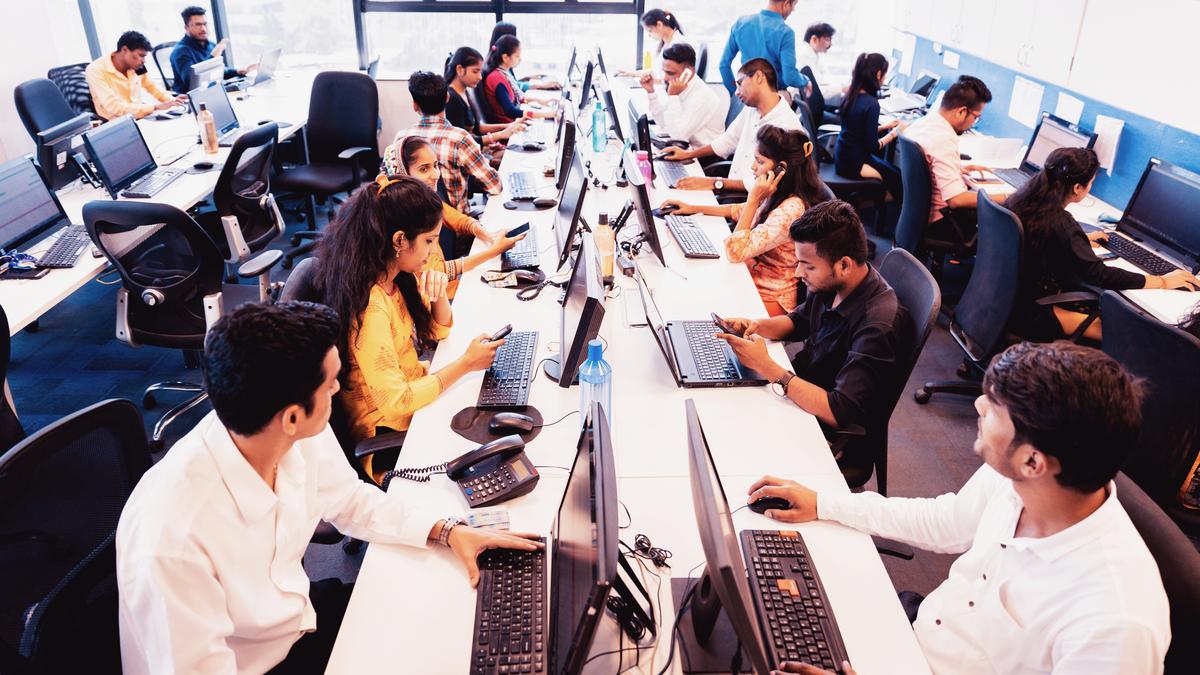
Hydration is essential for overall well-being as it plays a critical role in maintaining bodily functions. Dehydration can lead to negative health effects, including cognitive issues like brain fog and emotional disturbances, as highlighted by fitness expert Ally Love. She emphasizes that 'being dehydrated actually has huge contributing factors to poor health'[4].
Moreover, proper hydration aids in muscle mass maintenance and can lower disease risk, suggesting that increased water intake contributes to longevity[4]. Additionally, staying hydrated helps optimize various bodily functions and can significantly improve one's mood and overall quality of life[4].
Let's look at alternatives:
- Modify the query.
- Start a new thread.
- Remove sources (if manually added).
- Request a manual search from our human research team.
